There’s a specific what-if that will always haunt the eldest siblings. When our younger siblings ask us for advice, or when their plans and outfits hinge on our opinions, or when we’ve already mapped out for them the roads they’re about to trek, we will always wonder in the back of our minds: What is it like to grow up with an older sibling? Wouldn’t it have been nice to grow up with the same assurance that someone will always know the answer to our questions, no matter how serious or mundane they get?
I’m closer to 30 now than I am to 13, and looking back on the years of my teenhood, I realize that my first taste of a parasocial relationship was with some of the interim Ates I grew up with and looked up to. They’re role models who have influenced me greatly and intimately, but haven’t and probably will never meet. It could be said that my current style, taste and personality are all rooted in the magazines I splurged on monthly and consumed from childhood to teenhood. Written between the glossy pages of 2010s teen magazines is the story of my adolescence and coming of age.
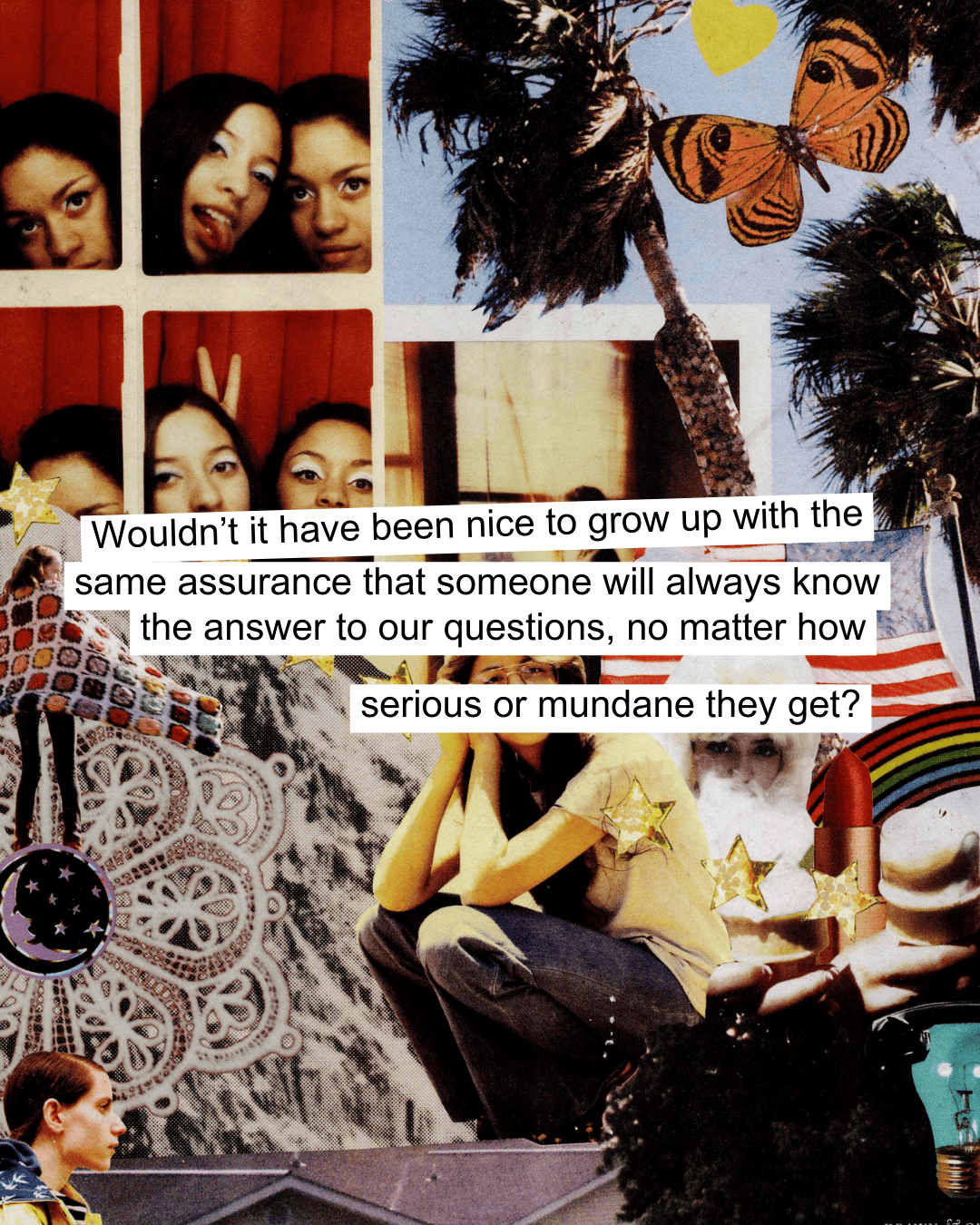
2016 was the last year that all three of the Philippines’ biggest kid and teen magazines were in circulation. The best of Filipinos’ adolescent years are fossilized in the pages of Total Girl (TG), Candy magazine and K-Zone. Their writers and editors were also the readers’ Ates and Kuyas, the go-to for pop culture news, personal advice columns, and style and culture recommendations.
It’s been almost a decade since Mimi Tiu last served as the editor-in-chief of Total Girl before it folded in April 2016, but she receives messages from former readers to this day. “It felt like there was a real connection between us (and the readers) — that we were really their Ates,” she told Young STAR. “It always tugged at my heartstrings when they called me ‘Ate Mimi’ since I didn't have a younger sister in real life.”
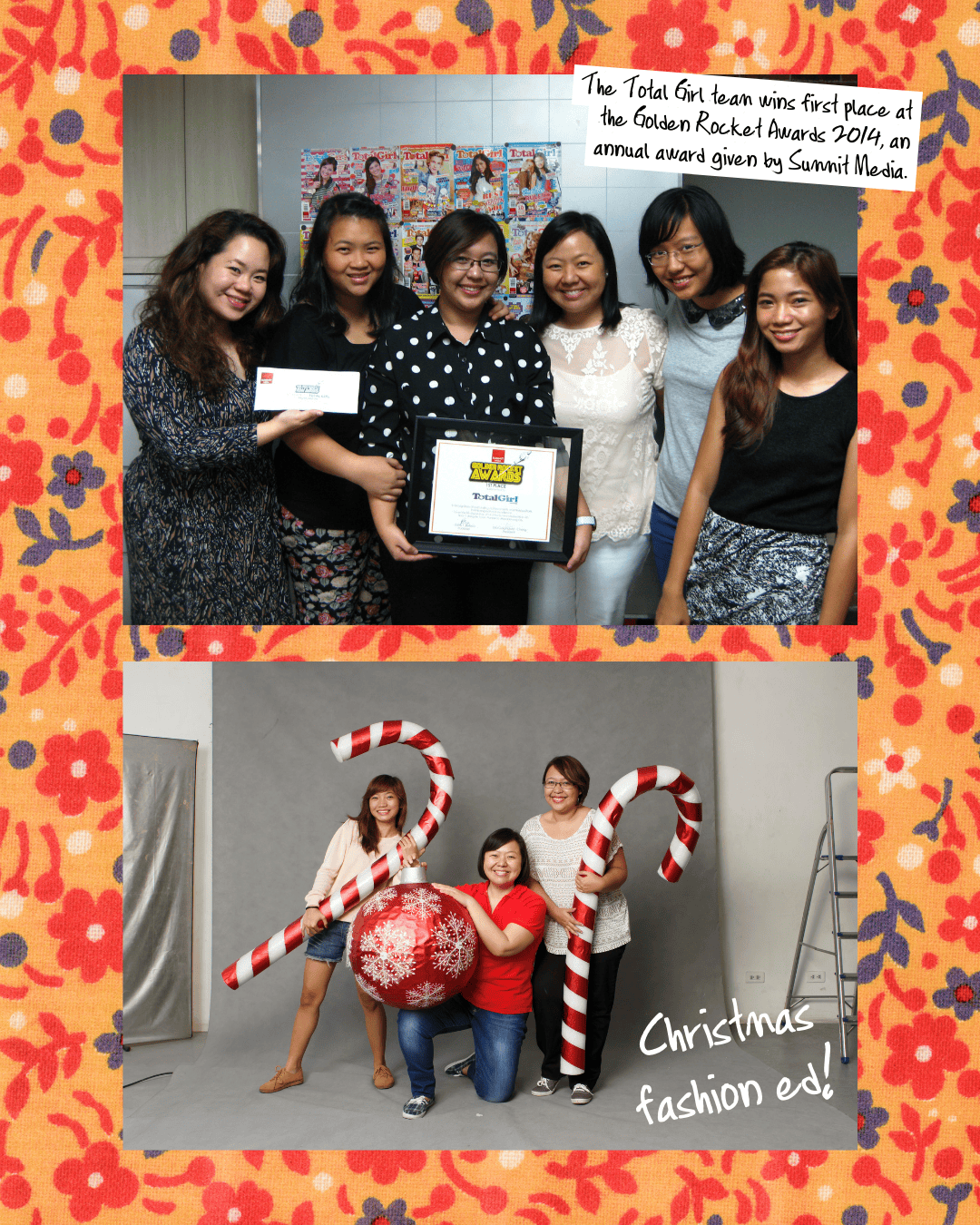
Total Girl had its finger on the pulse of Filipina adolescent culture; if tweens talked about it, they wrote about it. The baby faces of Justin Bieber, Ariana Grande and Taylor Swift starred on the magazine’s covers back when the singers were still on the rise. Restaurant reviews came with price ranges: three-peso signs meant you should bring your parents along. For an age when everything felt awkward, their Totally Embarrassing section, filled with confessional, humiliating stories submitted by readers, was a reassurance that things were and will be okay. If you had a question, TG knew the answer.
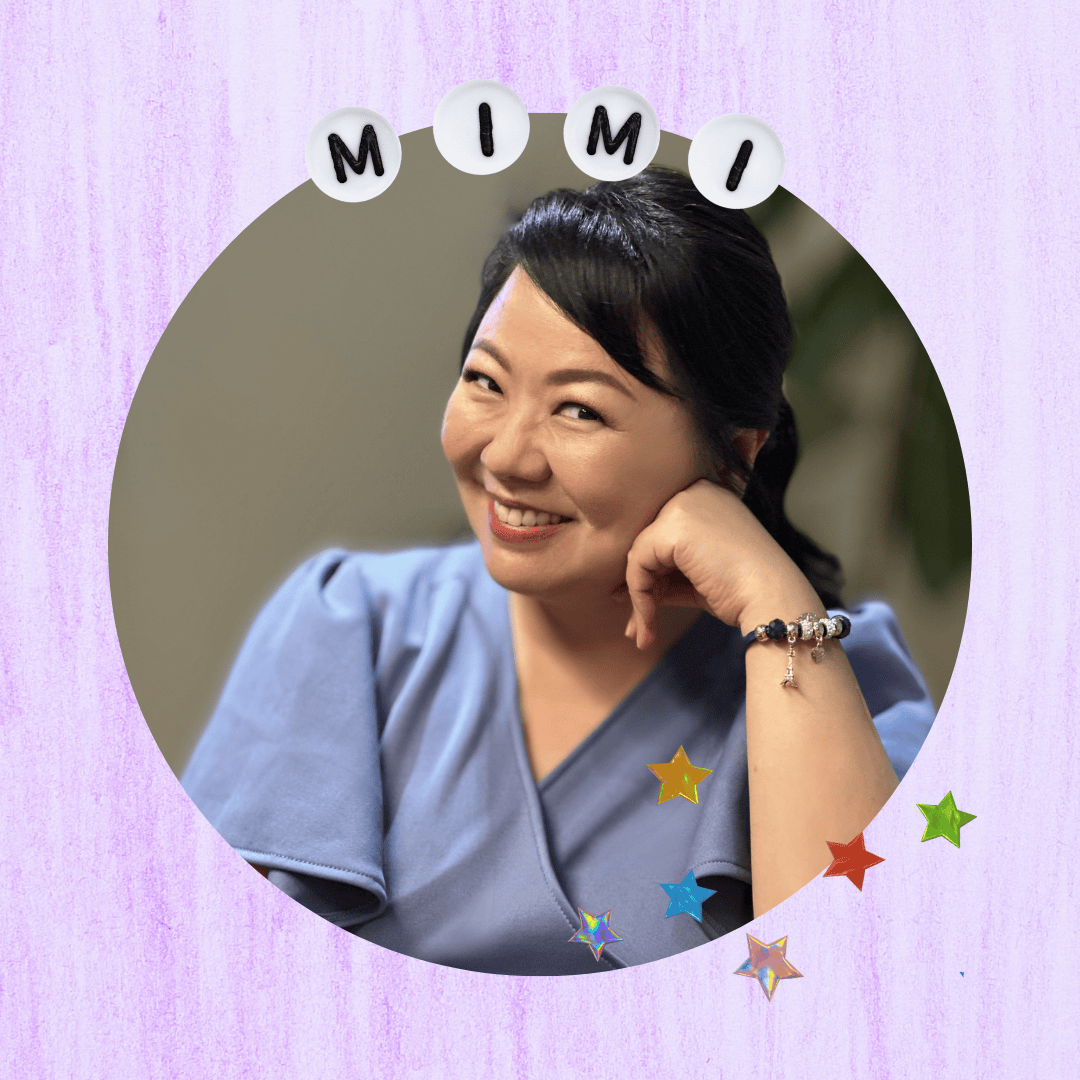
This was all possible through Mimi and the TG team, who made sure that they were in tune with their young audience. “We regularly interacted with our young readers back then, whether in person or through other means,” she explained. “We featured tweens in our magazine, so we had monthly shoots that involved them. Since social media wasn't as big back then, our tween market also wrote to us by snail mail or email to ask for advice, share their stories, or just to tell us what they currently love.”
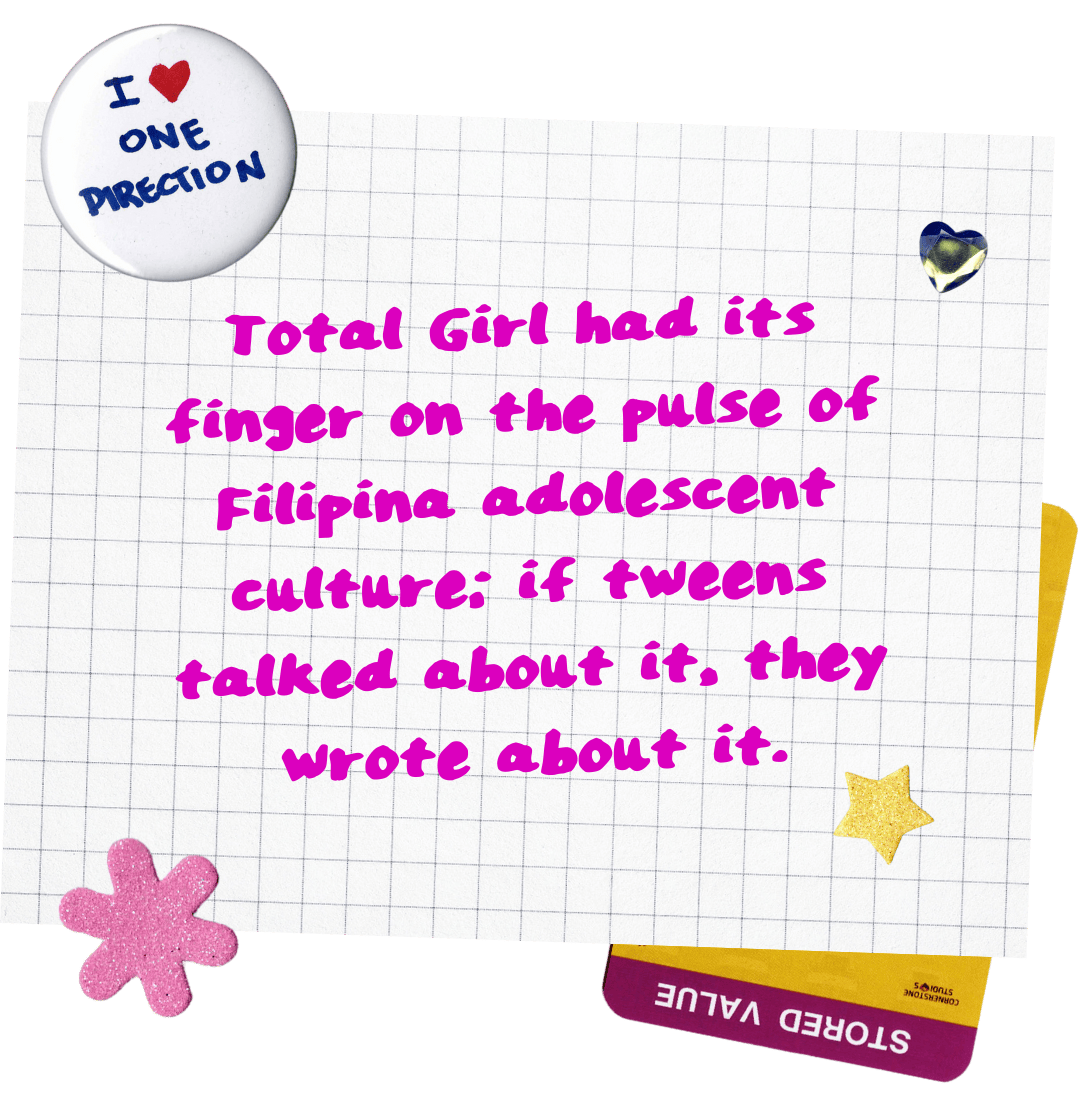
Working for other magazines for young readers, namely Candy magazine, W.I.T.C.H., and Disney Princess magazine, cemented this passion and experience in Mimi. “Working for those magazines positively influenced me as much as the young Filipinas we were trying to help mold into better people.”
Ines Bautista-Yao, the launching editor-in-chief of K-Zone Philippines, and her team also went out of their way to reach out to their readers. “We would challenge ourselves to present information about (kids’) favorites in a fun way. We didn’t just write a list describing a certain character, we would have showdowns and imaginary scenarios.” She asked her younger cousins what they wanted to see in the magazine, joined her little sister in what she liked, babysat the kids who visited the office, and responded to letters from readers.
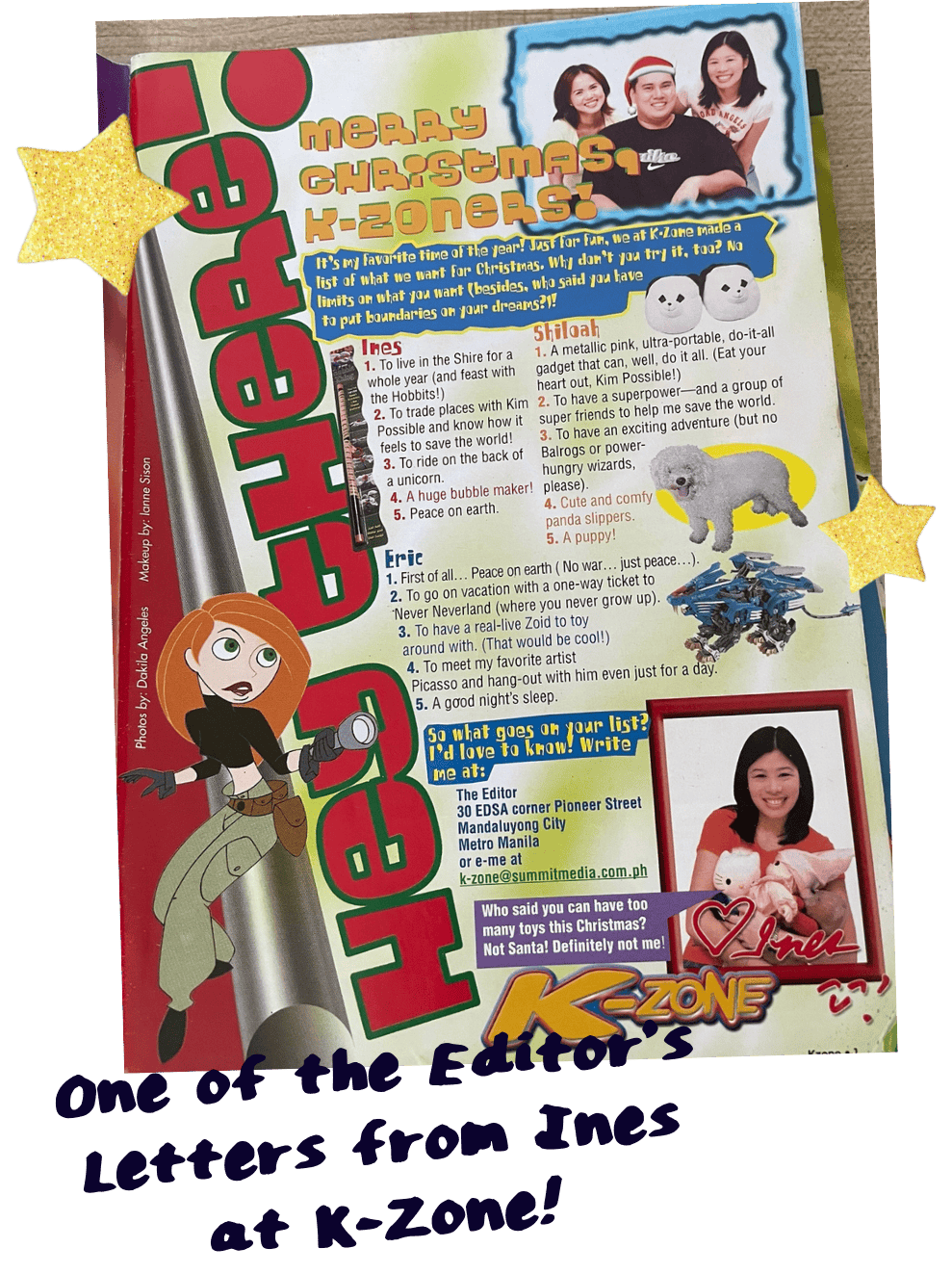
“Working for K-Zone really challenged our creativity, but that’s what made it so much fun,” she said. “Creativity is always a challenge, but also a joy.”
Ines now writes books and teaches college English, but past readers, some of whom became her students, still remember her. “I didn’t think it would be this special to the kids many years later. Many fads come and go, but based on the response I’ve seen from my students and the recent posts by K-Zoners, this is one of the parts of childhood that has found its way into their hearts,” she shared. “And that to me, is a huge honor.”
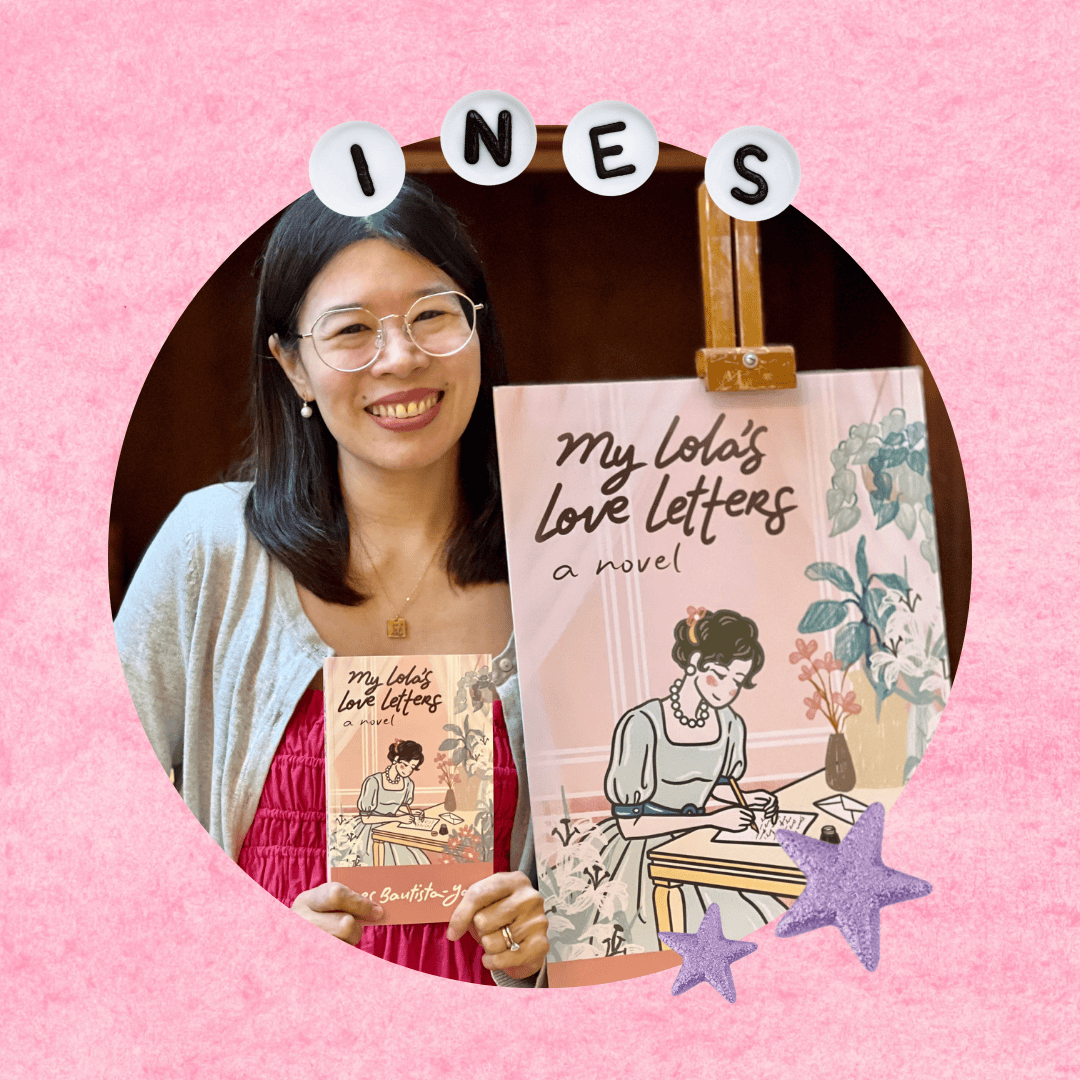
Marla Miniano-Umali also looks back on her time as the editor of Candy magazine and their past readers with fondness. Marla is now a brand manager with writing projects on the side, and though her audience and writing are different now from a decade ago, she still considers her time at the magazine as something special. “I don’t think that was something I was ever able to replicate after Candy – that relationship and connection with the readers that was so strong and so important to foster and nurture during all those years.”
If Total Girl and K-Zone were childhood and adolescence staples, reading Candy magazine meant you were ready for an older, wiser, and more mature version of yourself to unfold. That first Candy issue is a memorable initiation rite into adulthood for many Filipinas.
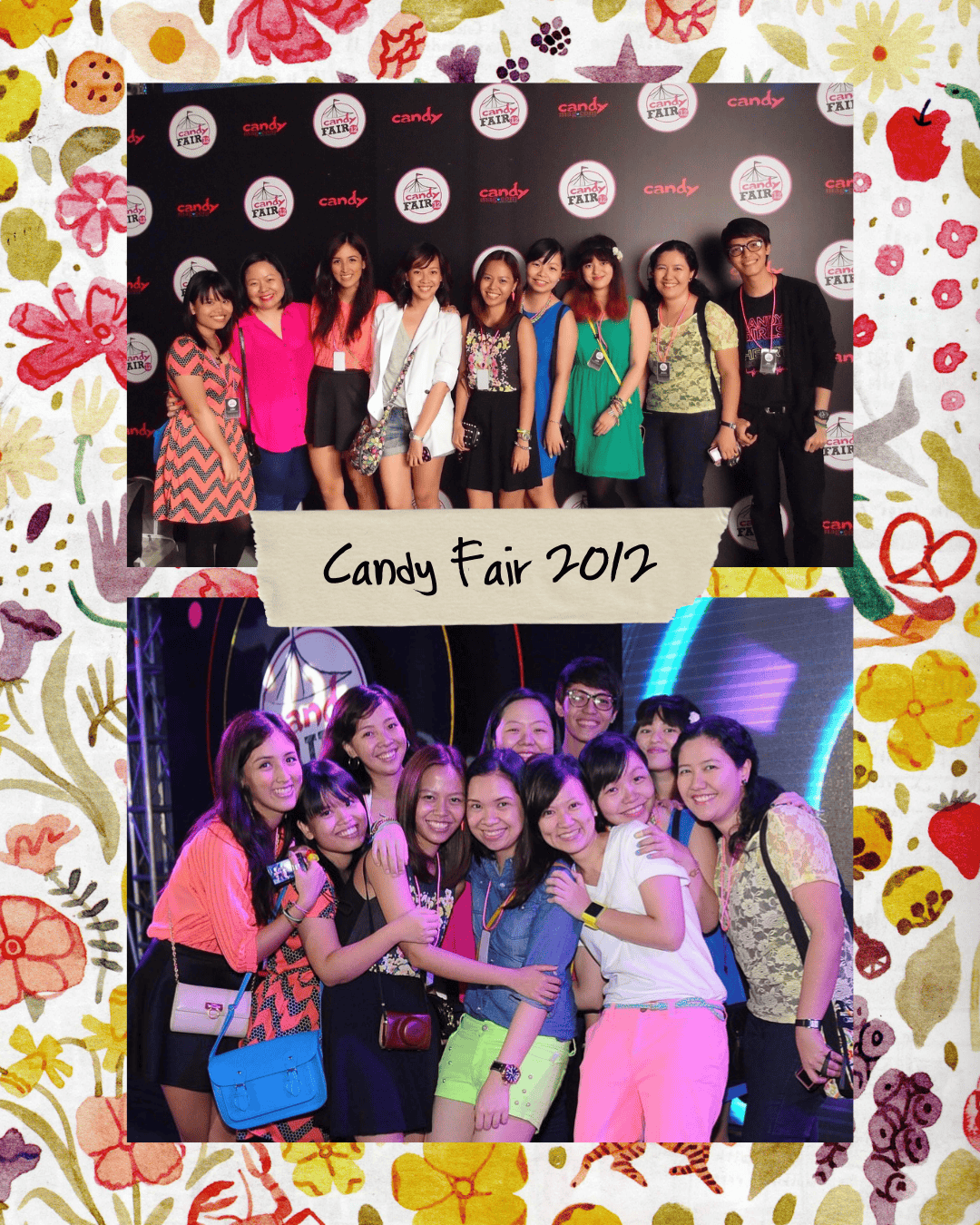
Marla valued this special relationship with Candy girls. They went as far as replying to each mail they received, writing interactive columns and features, hosting annual in-person events, and even regularly meeting with their Council of Cool, Candy’s rotating batch of young creatives and interns. “At Candy, we were always conscious that readers looked up to us as their big sisters. Maternal figures, even,” she said. She and her team drew from their own experiences and shaped it into a map for many young Filipinas. “There were things that changed when I was in high school versus when I was writing for Candy already, but some things remained the same. The desire for connection, struggling with our identities, not knowing our place in the world, just wanting to be our best selves — these things remain constant.”

“I think our experiences always end up coloring our work. It doesn't necessarily have to be a bad thing,” she said. “There were things that remained true for me as a teenager, that remained true when I was writing for Candy, and still remain true today to young people.”
Like Mimi and Ines, Marla knew that the magazine was impactful, but she did not think the influence and impression would last all these years. “Maybe they’re older now and looking back at that time with a lot of fondness and gratitude. I hope they know it’s the same for us, times 10. We’re glad some part of it still lives on to this day.”

It’s no surprise that their past target audience, most of whom are well into adulthood now, are nostalgic for their magazines. A comprehensive guide to our 20s and 30s — and to know that other adults need this guide too — would be nice. Even at our age, some things still feel awkward. Relationships and friendships can still get tricky to navigate. And for most, there’s simply just no time to find out what’s currently good or up-and-coming. We miss the magazines of our youth as we would a childhood friend, and the comfort, guidance and familiarity that came along with them.
Story by Kynesha Robles
Banner art by Gia Cantar
Photos courtesy of Mimi Tiu, Ines Bautista-Yao, and Marla Miniano-Umali
In-article art by Andrea Panaligan
Collage backgrounds from Rookie Yearbook

